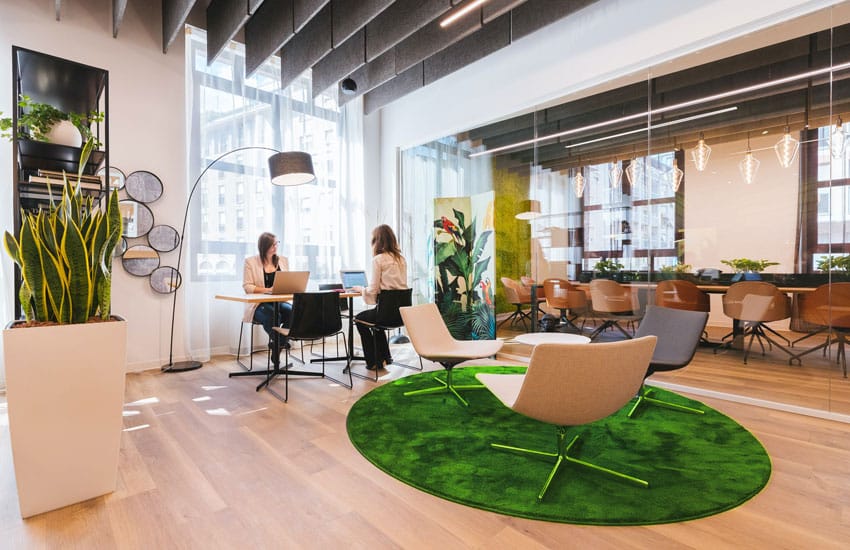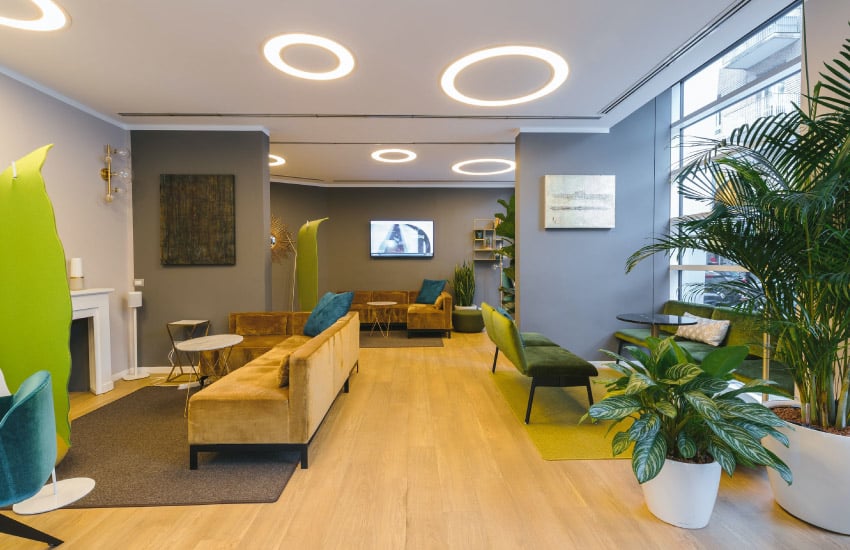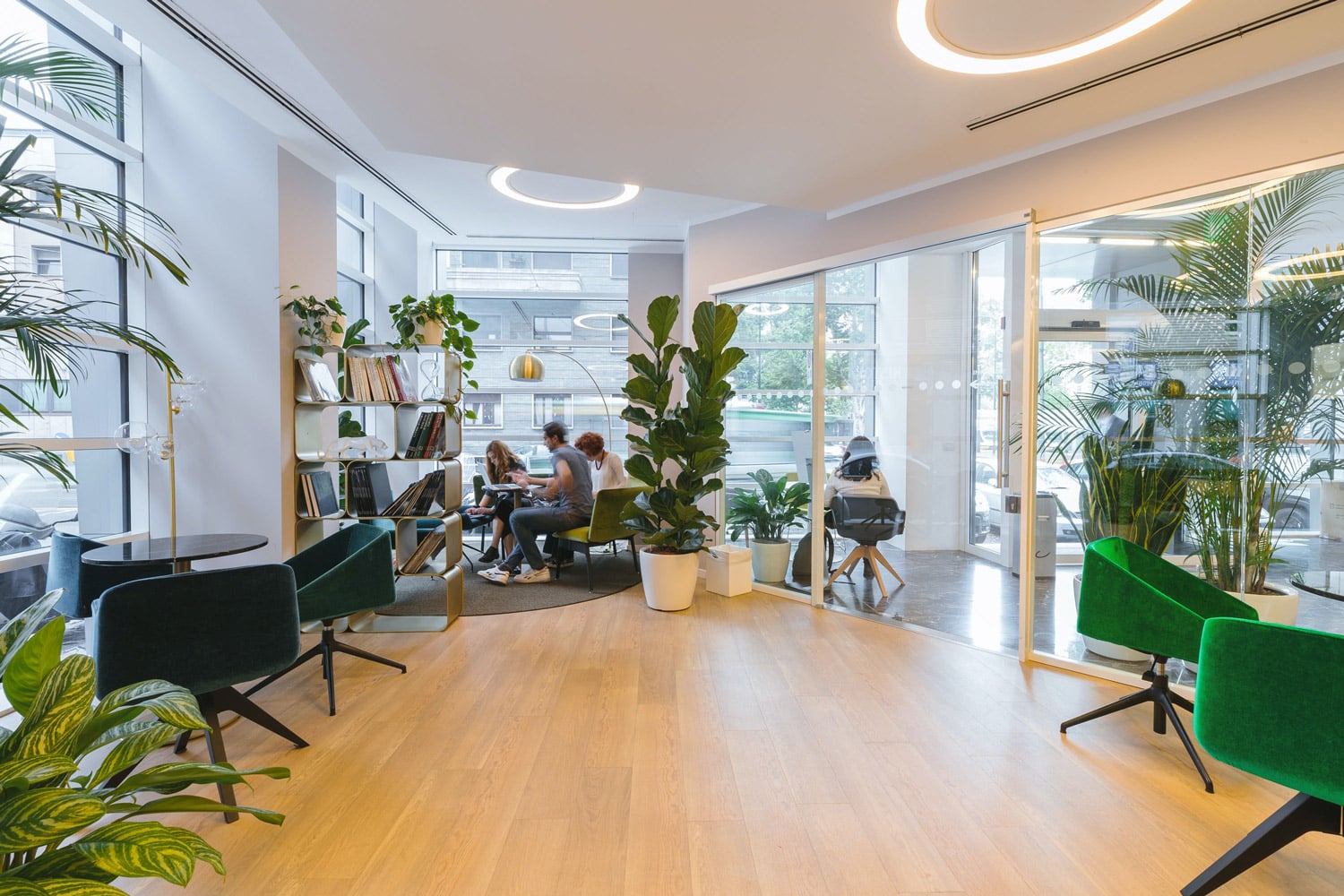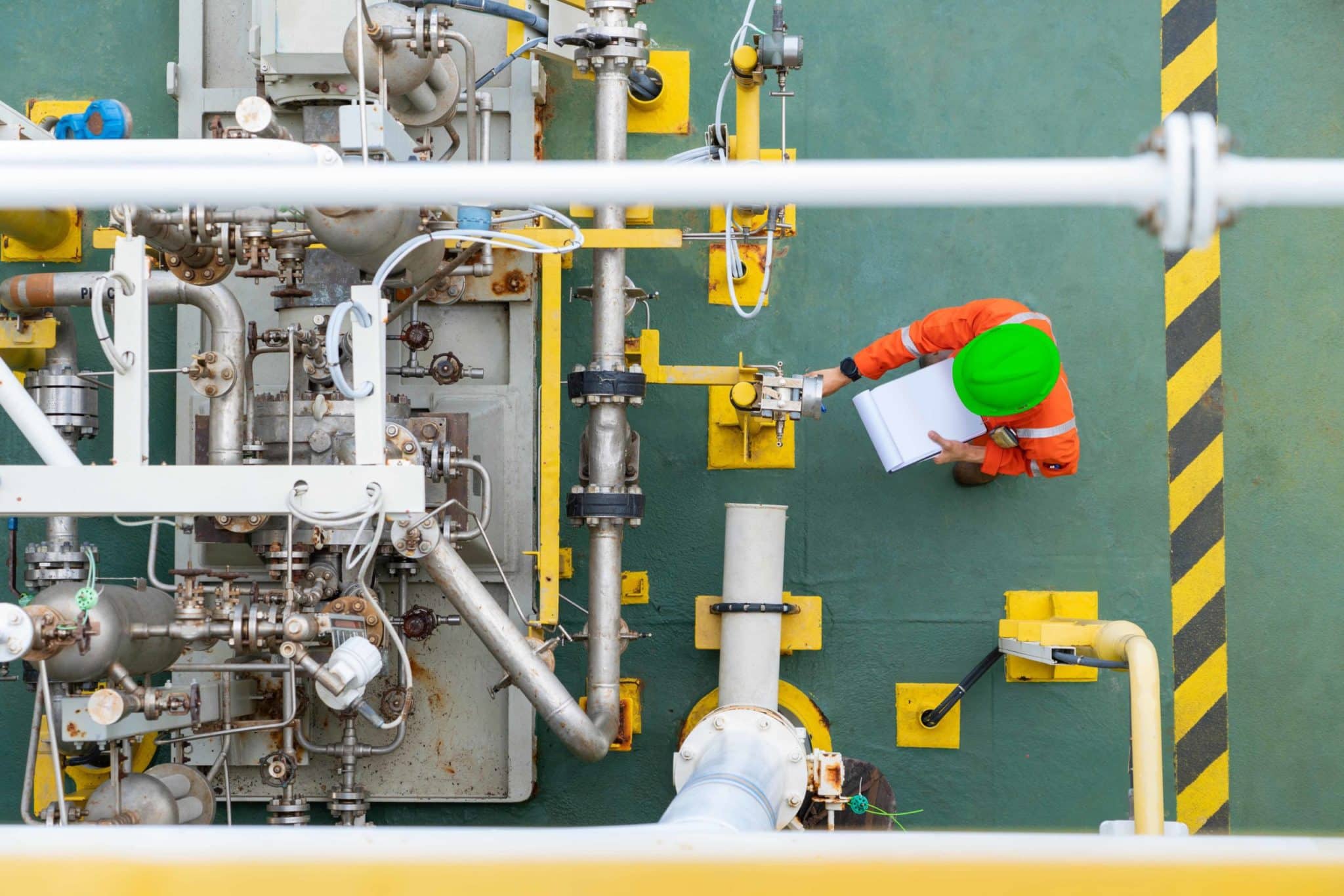
Carlos Alvarez
Head of Smart Spaces
In this article:
Integrated smart technology will make our smart workplace safer, more comfortable, and more productive than ever before.

One of the few positives of 2020 has been the chance to take a step back and rethink what a workplace is really for – an enabler for collaboration, productivity, and employee engagement. This applies to both the digital workplace, as well as the office space.
One year into this new normal, companies are now mastering remote working and collaboration tools. Now, the challenge goes back to the physical space, because let’s face it: after the better part of the year at home, some of your workers are going to need convincing that your workplace is really worth braving the morning rush hour for.
Facility Managers can’t do this on their own, and as a technology leader, this is the best time to partner and re-imagine the future of your office building together – to make it more comfortable, safer, and more productive than ever before. After all, when else have you been able to have clear space for remodelling the office without having to worry about disrupting the work day?
Here are some of the most important criteria for creating the office of the future today:
A flexible future
Flexibility quickly emerged as one of the most important business assets in 2020. Those enterprises that were able to adapt their infrastructure and processes quickly were able to come out ahead of the competition.
This capability will also underpin the workplace of the future. Whether it’s the lingering impact of COVID-19 or another form of disruption, the ability to upscale and downscale your use of physical space and digital resources on demand will be extremely important. No one wants to be caught out paying for empty rooms and unused desks again. Establishing a flexible smart workplace will help to reduce the bottom line of your facility and property costs. It’s key to reflect the new reality of home working – your staff should feel at ease to work wherever they need to rather than feeling obligated to chain themselves to their desks.
Going green
Environmental business practices have become a major priority in recent years – in fact 70 percent of organisations believe they are likely to have one or more facilities that are either close to or better than carbon zero in the next 10 years.
Alongside helping our planet, being green also delivers tangible business benefits. Reducing waste by rightsizing facilities and implementing smart lighting and HVAC management measures can drastically reduce costs. Many countries are also implementing variations on Green Deals that will reward green businesses. Making a real effort to be environmentally conscious also shows your commitment to CSR initiatives, and can be an effective differentiator, particularly to the new generations who weigh sustainability in their buying decisions.
Smart workplace
We all know our employees are the real heart of any business. Any investment in the smart workplace of the future should focus on providing workers with a comfortable and productive environment.
Whatever your field of business, the chances are that remote working will play a major role in your operations for the foreseeable future. Many business leaders, such as BP, have implemented permanent flexible working regimes. With that in mind, you need to ensure that those outside the office are provided with the tools to work efficiently and safely.
When employees are in the office, there are multiple smart measures you can implement by leveraging solutions such as connected Internet of Things (IoT) devices and data analytics. For example, smart space and inventory management tools enable workers to sort their entire day in advance – from securing a parking space and finding a desk to booking a room and smartboard for the big meeting in the afternoon. No more awkwardly kicking people out of your room at the last second. Creating a more enjoyable and efficient working environment will help employees to feel like the return to the office is worth the journey.
Smart solutions like these help to automate the workplace and improve productivity alongside employee experience. They also generate data that can be used to monitor implementation success and identify areas for further improvement. This gives you a chance to reutilise space to drive more value and improve your personnel’s experience. If the data reveals that your large formal meeting rooms are going unused, but your breakout spaces are in hot demand for example, you can restructure to reflect your workforces’ needs.

Keeping safe and secure
We need our workplace to be safe and secure as well as productive. As we continue to deal with COVID, assets like automatic temperature scanning and mask detection at building entrances can help ensure that people entering the building will not accidentally endanger their colleagues, and smart space management can help ensure workers can find the room to socially distance. Your workers need the ability to meet and collaborate in person again while still feeling safe.
And, of course, there are more threats than COVID out there. Security measures such as ID cards, facial recognition, CCTV and motion detectors are all important tools to stop unwanted guests from getting into your building. With a smart approach, these tools can all be integrated into a single point of control – in fact 75% of businesses have already invested in integrating security systems with other building monitoring systems.
Integration is essential
Technology is improving every aspect of our working lives, but simply festooning your office with gadgets is not enough to create the ideal workplace. Integrating all of these disparate systems is the real key. Every element of your building can be linked to a single point of view for management and data collection. For example, HVAC, lighting and power management can be connected for tighter energy control, while elements like access control, fire detection and emergency lighting can be linked in the case of a crisis.
Smart integration can drive efficiency and provide valuable data to help inform future decisions, pinpointing where more efficiency can be created or more savings made.
Getronics has decades of experience in creating integrated, efficient smart ecosystems in everything from hospitals to airports and office buildings. If you want to seize the opportunity to smarten up your office and add value to your workplace, get in touch and find out how we can help you get started.




